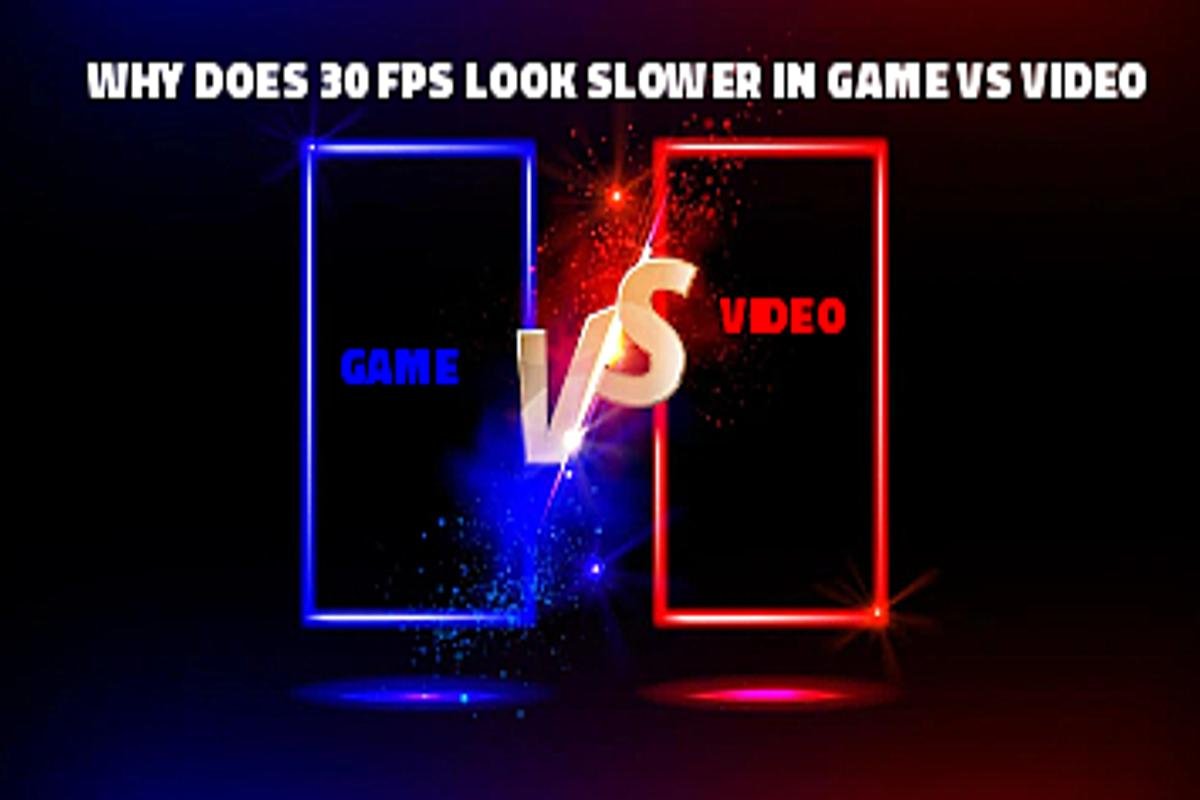
Why Does 30 FPS Look Slower in Game vs Video? Explained
When it comes to frame rates in video games versus films, the differences can be striking and sometimes confusing. At the heart of this discussion is the frame rate measurement known as frames per second (FPS). Many gamers and viewers often notice that 30 FPS appears to look slower in video games compared to cinematic footage. In this article, we’ll explore why this happens and how it can impact your gaming experience.
Understanding Frame Rates
Before diving into the nuances of frame rates, it’s essential to understand what FPS means. Frames per second refers to the number of individual frames or images that are displayed in one second of video playback. A higher frame rate generally results in smoother motion and improved visual fidelity. Common frame rates include:
- 24 FPS: Traditionally used in cinema, providing a filmic look.
- 30 FPS: Common in television and web video, offering a balance between smoothness and data use.
- 60 FPS: Popular in video games for its high fluidity and responsiveness.
The Effect of FPS on Perception
One of the significant reasons why 30 FPS looks slower in games compared to movies is due to how we perceive motion. Human eyes detect changes in motion and frame rates differently based on context. For instance, while watching a film at 30 FPS, the motion is perceived as fluid because it’s a consistent experience designed for cinematic storytelling. Films are often shot with motion blur and pacing that creates an illusion of speed, making even slower scenes seem dynamic.
On the other hand, in video games, the player’s interaction creates a different experience. When playing a game at 30 FPS, you are more attuned to the immediate responsiveness of the controls and the real-time action unfolding before you. In fast-paced situations, such as racing games or first-person shooters, the inherent latency of 30 FPS can make movements feel sluggish and unresponsive, leading to a perception of slower gameplay. This difference in interaction dramatically alters the way we perceive the same frame rate across different media.
Motion Blur vs. Real-Time Rendering
Motion blur is another factor that contributes to the perceived difference in speed between 30 FPS in films versus games. In cinema, when objects move quickly across the screen, motion blur is used to smooth out these movements, providing a more cinematic aesthetic. This effect can make higher frame rates (like 60 FPS) appear incredibly smooth while still allowing lower frame rates to feel acceptable.
In contrast, many video games at 30 FPS may not implement motion blur effectively or at all. This lack of visual smoothing can lead to a choppy display, especially during rapid movements or fast-paced scenes. As a result, players may feel the action is less fluid, and the gameplay can seem slower than it would in a film context.
The Impact of Gameplay and Genre
Another important aspect to consider is the nature of the game being played. Different genres of games exhibit different demands on frame rates. For instance, fast-paced action games, fighting games, or first-person shooters significantly benefit from higher frame rates. A game running at 30 FPS may feel sluggish in these scenarios, while slower-paced games—such as turn-based RPGs or strategy titles—might be more forgiving, as 30 FPS can be perfectly acceptable for the game’s pacing.
Gamers often comment that even minor differences in frame rates can impact their overall experience and performance. Those accustomed to 60 FPS gameplay may find 30 FPS significantly less enjoyable, leading to the conclusion that the experience is inherently slower.
Conclusion: Finding the Balance
In summary, the perception of 30 FPS appearing slower in video games as opposed to films can be attributed to several factors, including how motion is represented, the role of motion blur, and genre-specific gameplay demands. Gamers often prioritize responsive controls and fluidity, which can be adversely affected at lower frame rates. Understanding these nuances can help you make informed choices about the ideal frame rates for your gaming experience.
Whether you prefer the cinematic appeal of 30 FPS in films or the responsive action of higher frame rates in video games, it’s crucial to appreciate how each medium uses frame rates to create an immersive experience. As many gamers know, enjoying a game at its best often means striving for that sweet spot in frame rates that balances smoothness, visual pleasure, and real-time responsiveness.
